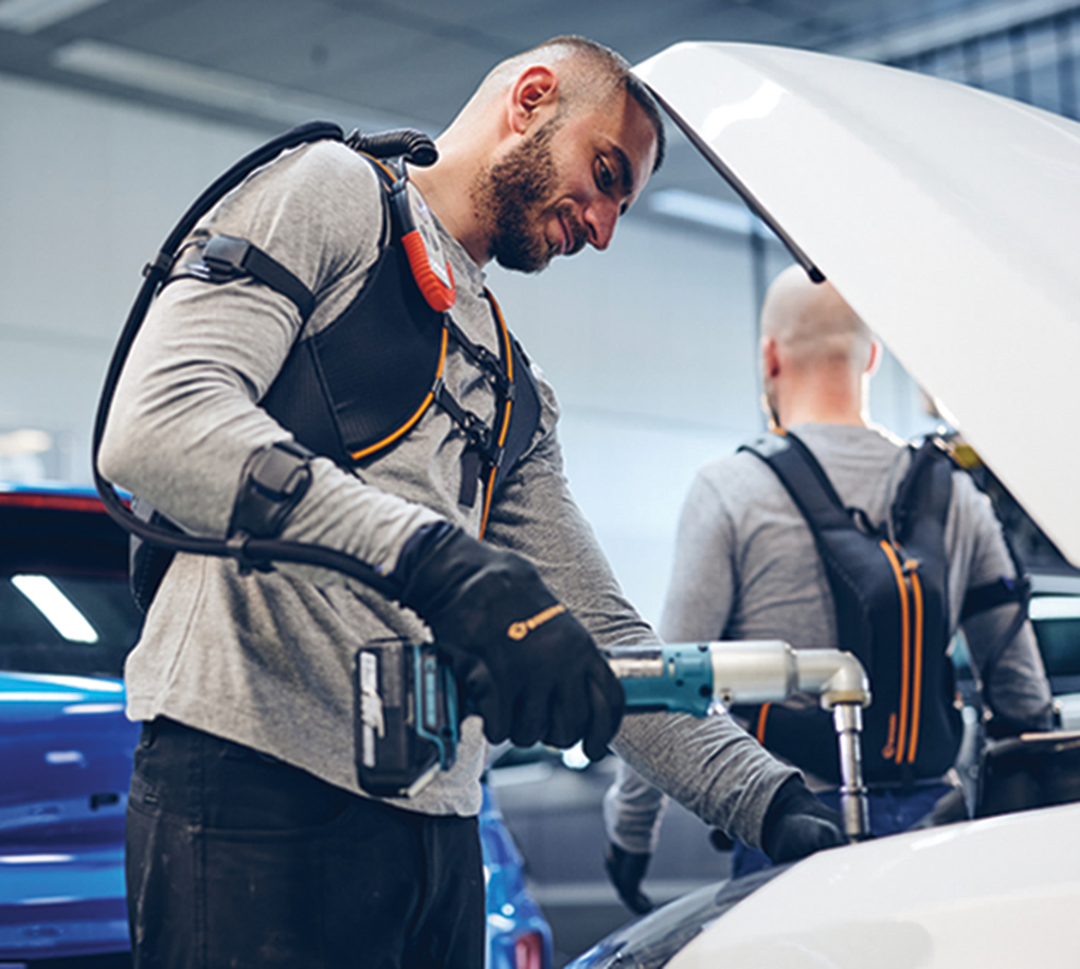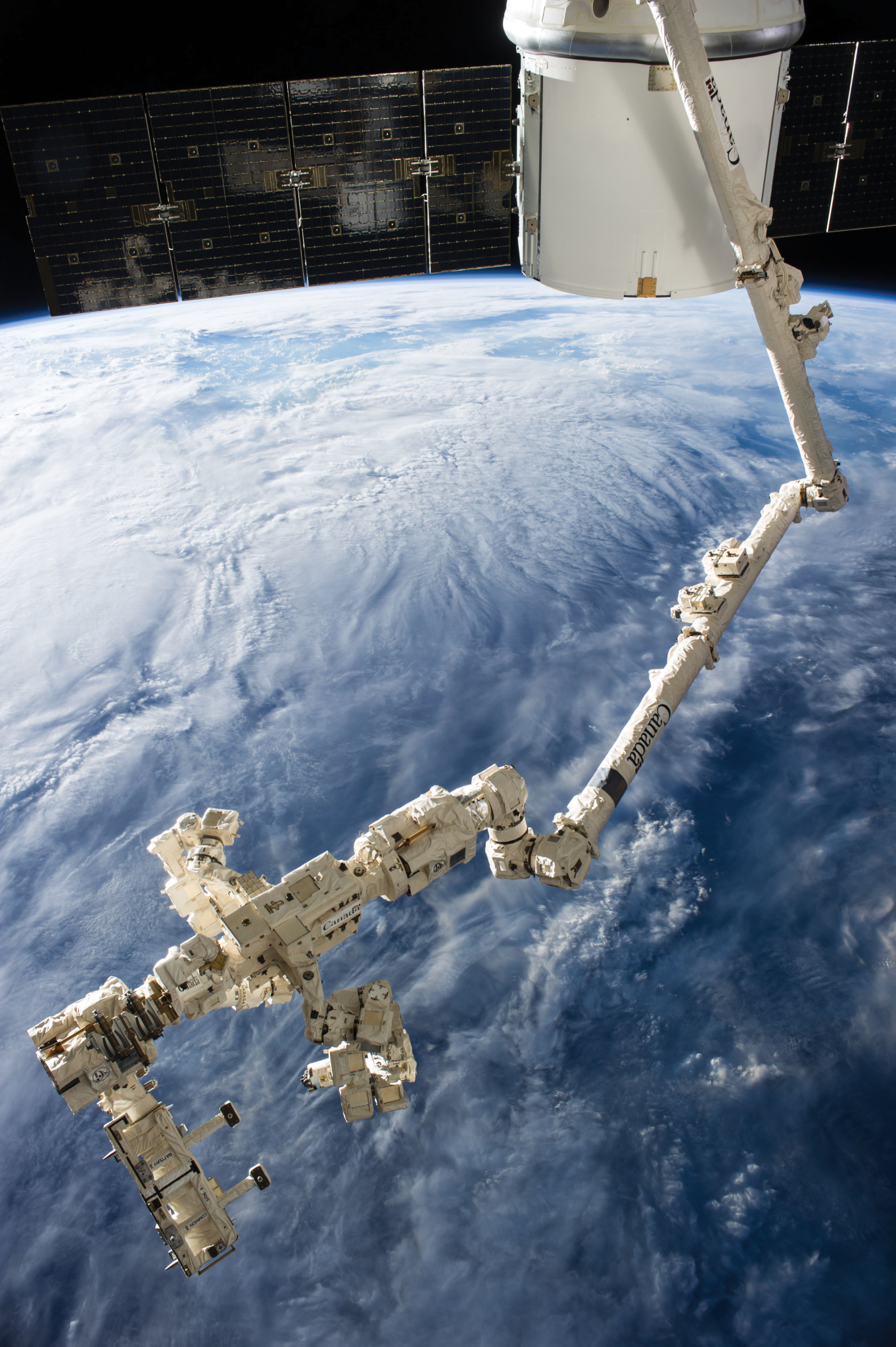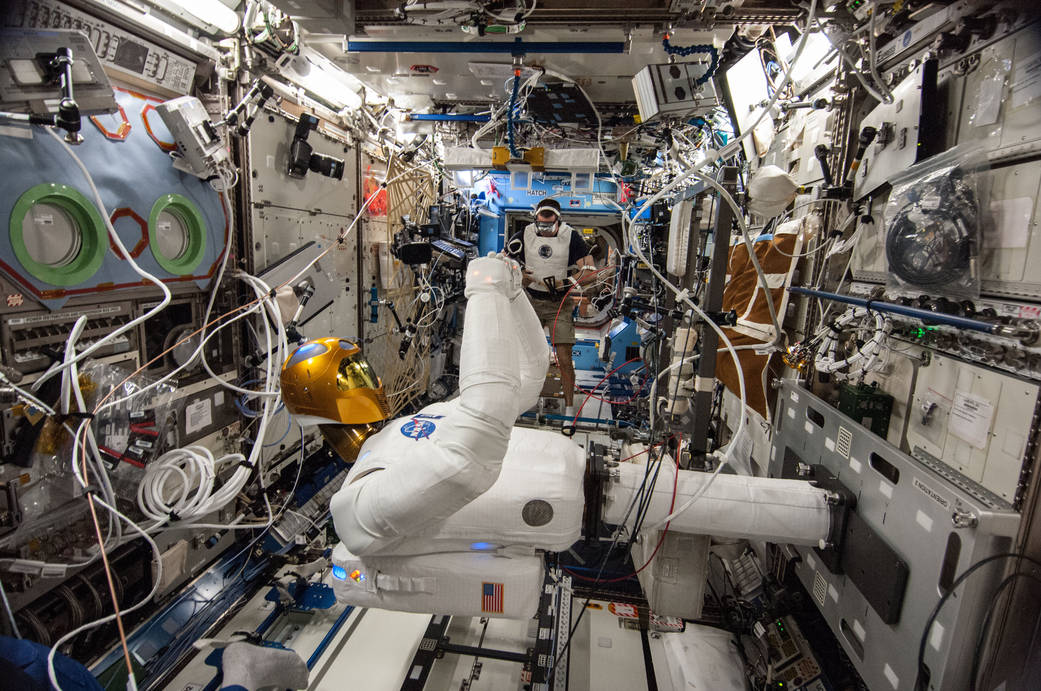The space station has catalyzed advancements in robotics. Funded by the Canadian Space Agency (CSA), Canadian firm MDA developed Canadarm2 (also known as the Remote Manipulator System) and Dextre, robotic hardware installed on the space station’s exterior in 2008. Canadarm2 performs maintenance; moves supplies, equipment, and even astronauts; and catches and berths visiting vehicles. Dextre can install and replace small equipment, such as exterior cameras or batteries, and replace electrical system components. These tools allow astronauts to spend more time doing scientific experiments instead of going on risky spacewalks.
The work to develop Dextre helped advance a technology now in use on Earth, as well. MDA considered giving Dextre a robotic hand with fingers that could grasp, says MDA chief technology officer Cameron Ower. The team found a Canadian robotics professor, Clement Gosselin at Laval University, who had patented such technology but did not yet have a commercial application for it. MDA and the university collaborated on research to adapt the technology to perform operations that could be used on the space station, which evolved into another patented technology, the Self-Adapting Robotic Auxiliary Hand (SARAH). While not ultimately incorporated into Dextre, SARAH’s adaptive gripper technology has since become a commonly used component in the burgeoning field of collaborative robotics, helping enable more flexible robotic work cells. In addition, three of Gosselin’s graduate students used the technology to start a robotics company, Robotiq.
Another space station robot, Robonaut, led to the development of an industrial strength robotic glove. NASA and General Motors (GM) developed a prototype and tested it on the station, where it successfully performed simple tasks alongside astronauts. The team then reconfigured the hand-like part of Robonaut into a wearable device to help both astronauts and auto workers avoid hand fatigue and injury. Initially called Robo-Glove, the device now is commercially available as Ironhand, produced by Bioservo Technologies of Sweden.
“Collaborative robots working alongside a person in an industrial setting made sense, and that spawned more research,” Ower says. Assembly line robotics had been around a while when Robotiq was formed in 2008, he added, but collaborative robots and smart systems that can interpret and have a higher level of dexterity were just taking off. “I think this highlights that tackling problems in space and on station drives innovation on Earth. In this case, a non-space idea was pulled into the space world then spun almost immediately back.”
Acceptance of robotics in space is spawning additional commercial offerings, he explained.
“At MDA, we are developing a commercial offering for space infrastructure developers and operators, a major investment building on that set of arm technologies and sensing originating from space station robotic technology,” Ower said. “In the past five years, about $600 million has been invested in start-up companies focused on in-orbit servicing. It wouldn’t have happened without what was shown to be possible on station.”
The wide selection of available robotic components includes standardized arms, hands, and cameras, he explained, none of which existed 20 years ago. While MDA has focused on the space applications, activity on the commercial side is increasing.





























